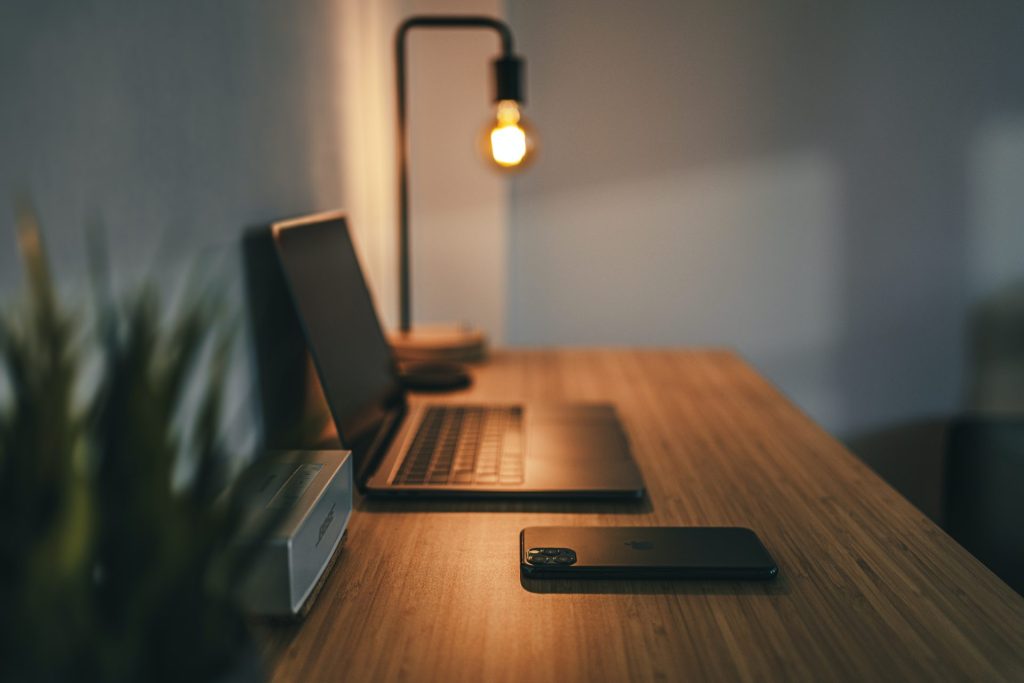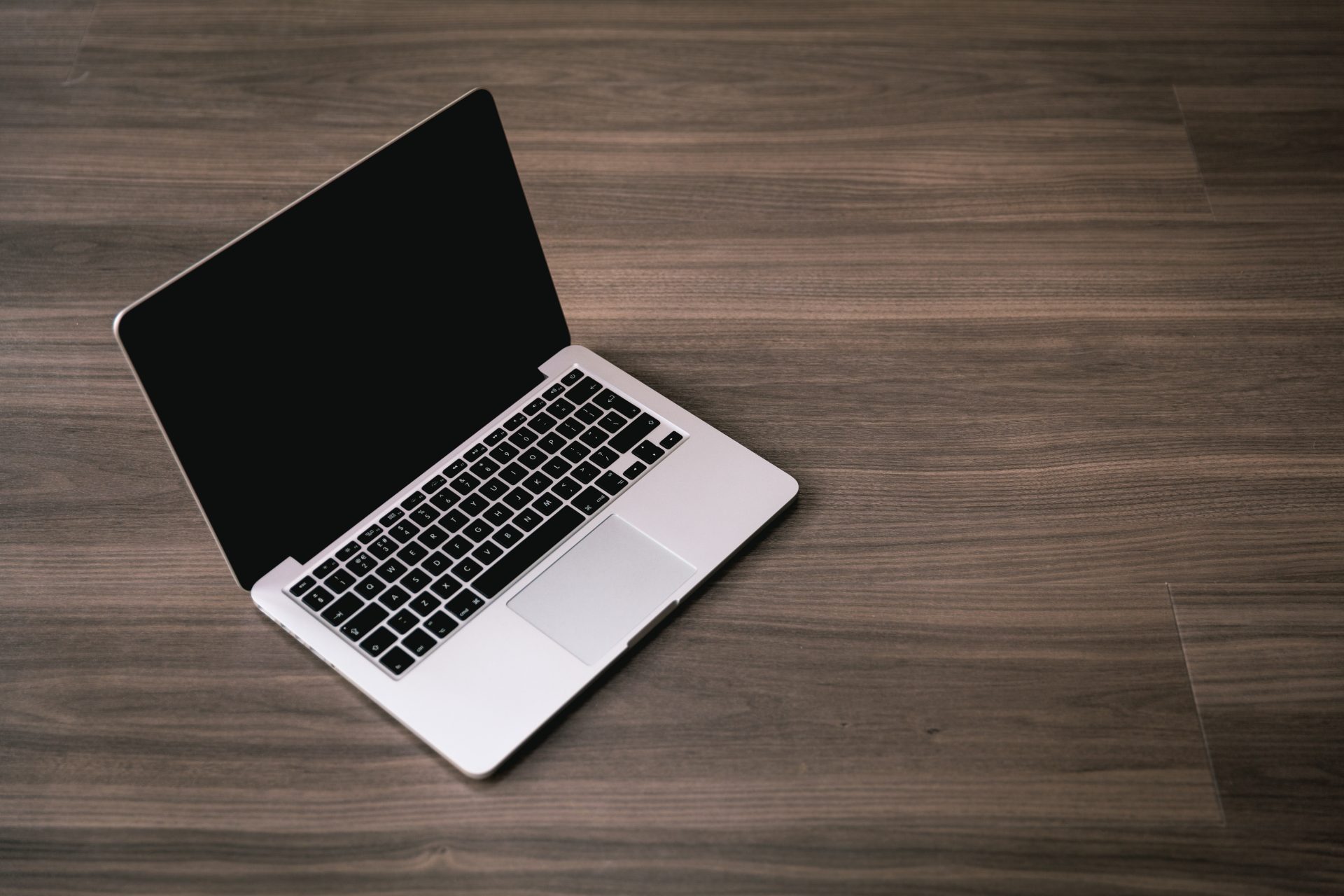Introduction to turning off sleep mode on your Mac
If you’re a Mac user, you may have noticed that your computer goes into sleep mode after a certain period of inactivity. While this feature can be convenient for conserving energy, it can also be frustrating if you’re working on a project and your computer goes to sleep in the middle of it. If you find that sleep mode is disrupting your workflow, you may be wondering how to turn it off.
In this guide, we’ll explain why you might want to turn off sleep mode on your Mac, how to do it, and the benefits of doing so. We’ll also discuss how turning off sleep mode can enhance your workflow and improve your productivity.
Reasons to turn off sleep mode on your Mac

There are a few reasons why you might want to turn off sleep mode on your Mac. For one, sleep mode can be inconvenient if your computer goes to sleep in the middle of a project, as you’ll have to wait for it to wake up before you can continue working.
Additionally, if you’re working on a task that requires your computer to be on for an extended period of time, such as rendering a video or running a long simulation, sleep mode can be a hindrance. By turning off sleep mode, you can ensure that your Mac stays on and is available for as long as you need it.
Another reason to turn off sleep mode is to improve performance. If you’re working on a task that requires your computer to be on for an extended period of time, you’ll likely see an improvement in performance if you turn off sleep mode. Additionally, if you’re working on a task that requires constant access to the internet, such as streaming video or downloading large files, turning off sleep mode can help to ensure that your connection remains stable.
Finally, turning off sleep mode can be a good idea if you’re concerned about energy conservation. While sleep mode does help to conserve energy, it’s important to remember that your computer still uses some power while it’s in sleep mode.
If you’re working on a task that requires your computer to be on for an extended period of time, it may be more energy efficient to simply turn off sleep mode rather than letting your computer go to sleep and wake up repeatedly. Just remember to turn sleep mode back on when you’re finished with your task, as it’s important to conserve energy and protect your computer’s hardware.
Steps for turning off sleep mode on your Mac
If you find your computer operating in sleep mode, you can easily turn it off. To do this on a Mac, simply open “System Preferences”, then select “Battery” and “Power Adapter.”
From there, make sure the “Prevent computer from sleeping automatically when the display is off” option has been selected and move the slider to “Never.”
This should take care of any issues regarding your computer automatically going into sleep mode at inconvenient times. By taking these simple steps, you’ll ensure that your Mac remains active with no interruptions.
Benefits of turning off sleep mode on your Mac

Turning off the sleep mode setting on your Mac can have numerous notable benefits for those who use their computer frequently. As a non-stop resource, Mac users can achieve a more efficient workflow by cutting out the step of having to re-power their machine before being able to use it.
Moreover, sleep mode can be a major culprit in draining your battery over time, so having this feature disabled can help to maximize the longevity of your computer’s battery. By powering off completely, you’re not only conserving energy but also avoiding any potential performance issues that may arise from leaving open documents and applications saved in sleep mode.
Furthermore, another benefit of disabling the sleep mode setting is that any malicious software eager to begin running when you turn on your laptop will be blocked from starting. With this safety precaution in place, your information remains secure and any viruses won’t be able to infiltrate your data storage.
Taking into account these important benefits, turning off sleep mode on your Mac can prove an advantageous move for those who need regular access to their devices.
Enhancing your workflow by turning off sleep mode on your Mac
Turning off sleep mode on your Mac is an often overlooked but highly effective way to improve workflow. Keeping it awake whenever you need to use it saves valuable time on start-up and shutdown, and can be especially useful when working with other devices that link or share files.
Doing so also enhances productivity due to fewer distractions, as it is easier to stay focused if you know a restart, not just a momentary screen saver, will not suddenly appear. Also, making sure sleep mode is turned off keeps your security settings in place and helps to make sure any sensitive programs or data are always safe.
Overall, switching off sleep mode is a simple yet powerful way to unlock more efficiency from your device and increase work output.
Conclusion
In conclusion, turning off sleep mode on your Mac can be a useful way to improve your workflow and productivity. By following the steps outlined in this guide, you can easily turn off sleep mode and take advantage of the benefits it offers, such as improved performance, stable internet connections, and energy conservation.
Just remember to turn sleep mode back on when you’re finished with your task, as it’s important to conserve energy and protect your computer’s hardware. By following these simple steps, you can ensure that your Mac stays awake and available when you need it, and get your work done more efficiently.
Frequently Asked Questions
Sleep mode on a Mac is a power-saving feature that puts the system in a low-power state, where all open programs remain active but the display goes dark. This helps to conserve battery life and prevents the system from running continuously, which can be a drain on resources.
To turn off sleep mode on your Mac, open “System Preferences”, then select “Battery” and “Power Adapter”. From there, make sure that “Put the computer to sleep when it is inactive for” has been selected and move the slider to “Never”. This should take care of any issues regarding your computer automatically going into sleep mode at inconvenient times.
To change the sleep settings on your Mac, open “System Preferences” and select “Energy Saver”. From there, you can adjust how long it takes for your Mac to go into sleep mode when inactive.
You can also adjust display and system sleep times separately, allowing for more precise control over how your machine operates. Additionally, you can choose whether or not you want the computer to enter sleep mode when the lid is closed.
Turning off sleep mode on your Mac can be beneficial in a number of ways. It helps to increase performance and security, and improve workflow by eliminating the need for frequent restarts. Moreover, it allows you to keep important programs running in the background without worrying about them shutting down when the system enters sleep mode.
You cannot use your Mac while it is in sleep mode. In order to access any of the programs or files stored on your computer, you will need to wake it up first.
This can be done by pressing a key on the keyboard or clicking the mouse button. Once the system is awake, you can then proceed with whatever task you were working on.
When your Mac enters sleep mode, the system shuts down most services and powers off all peripherals that are not actively being used. This helps to conserve battery life as well as minimize power consumption. When the computer is ready to be used again, it can be woken up with a few simple clicks or presses of the keyboard.
If you require high levels of security or if you work with sensitive material, then it is recommended that you turn off sleep mode. This will ensure that any data on your system remains safe and secure at all times.
On the other hand, if you are just using your machine for regular tasks like browsing the internet or creating documents, then there is no need to turn off sleep mode. The system’s default settings should be sufficient to keep your data secure.
If you are having issues with your Mac entering sleep mode, the first thing to do is check the power settings. Also, check for any software updates that may be available, as these can help fix any compatibility issues related to sleep mode.
Some common issues with sleep mode on a Mac include the system entering sleep mode unexpectedly, or not being able to wake the computer up when it has gone into sleep mode.

